Mason’s Line
This light duty synthetic line is often strung between stakes to act as a guide when laying bricks. Usually, but not always, brightly colored so that the line is easily visible against the many different color tones of a course of bricks the line will be carefully levelled and used as a guide by a bricklayer to insure that the bricks are level and straights. This light duty twisted twine has good strength and moderate stretch characteristics and has also found its way into a number of other uses that typically revolve around bundling items together or using the brightly colored versions for craft projects.
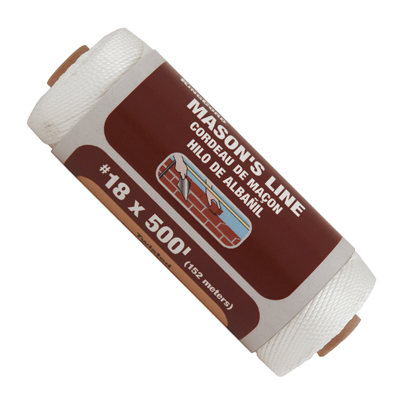
Rope Selection Guide
| Polypropylene | Nylon | Polyester | Cotton | Manila/Sisal/Jute | Clothesline | |
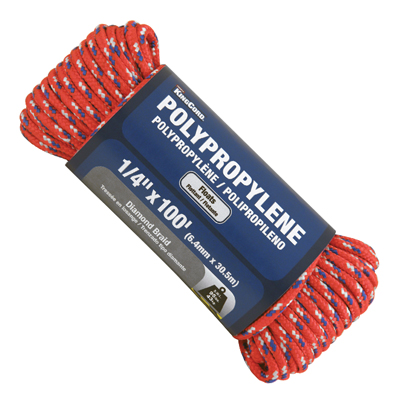 |
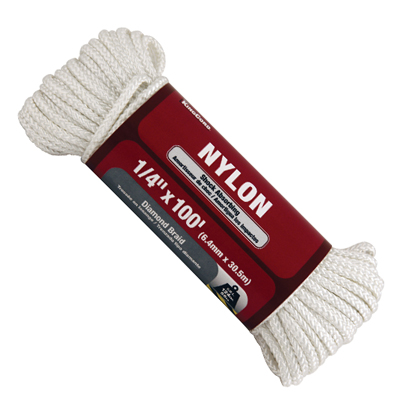 |
 |
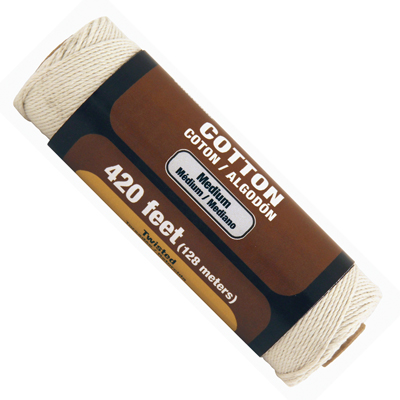 |
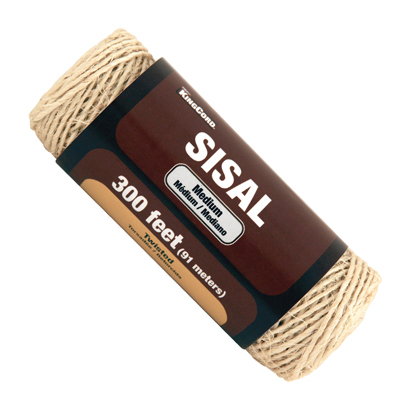 |
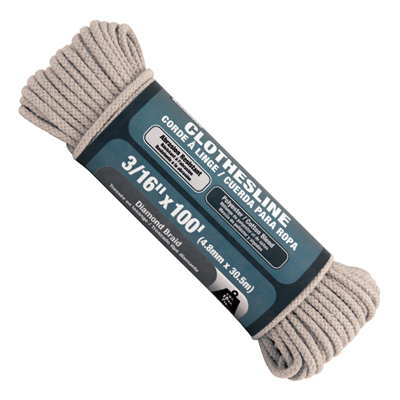 |
|
| Strength |    |
    |
   |
 |
 |
   |
| Shock Load Ability |    |
    |
  |
 |
 |
  |
| Floats or Sinks in Water | Floats | Sinks | Sinks | Sinks | Sinks | Sinks |
| Melting Point | 330°F | 480°F | 500°F | Burns | Burns | 500°F |
| Abrasion Resistance |   |
   |
    |
 |
 |
   |
| Resistance to Sunlight |   |
  |
    |
    |
    |
    |
| Resistance to Rot and Mildew |     |
    |
    |
 |
 |
    |
| Resistance to Oil and Gas |     |
    |
    |
 |
 |
    |
| Flexing Endurance |    |
    |
  |
 |
 |
  |
| Store Wet or Dry | Wet or Dry | Wet or Dry | Wet or Dry | Dry Only | Dry Only | Wet or Dry |
| Stretch Resistance |   |
 |
    |
    |
    |
    |
Reference Chart
| Trade Size | Imperial Size |
| #3 | 3/32″ |
| #4 | 1/8″ |
| #4.5 | 9/64″ |
| #5 | 5/32″ |
| #6 | 3/16″ |
| #7 | 7/32″ |
| #8 | 1/4″ |
| #10 | 5/16″ |
| #12 | 3/8″ |
Rope Construction Guide
| Double Diamond Braid | Diamond Braid | Twisted | Smooth Braid | Hollow Core | |
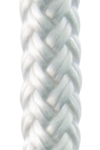 |
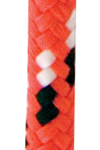 |
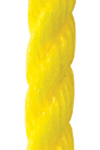 |
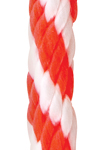 |
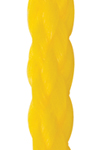 |
|
| Spliceable |  |
 |
  |
No |    |
| Flexibility |   |
  |
  |
   |
    |
| Flattens Under Load | No | Yes | No | No | Yes |
| Rotates Under Load | No | No | Yes | No | No |
| Knot-Holding Ability |     |
    |
  |
   |
   |
Comparisons
| Solid Braid | = | Smooth Braid |
| Sash Cord | = | Cotton or Polypropylene Cord |
| Derby Rope | = | Solid/Smooth Braid Polypropylene |
| Double Braid is NOT the same as Diamond Braid | ||
| Seine Twine | = | Diamond Braid Twine |
| Mason’s Line | = | Twisted Twine |
| Maypole | = | Diamond Braid |